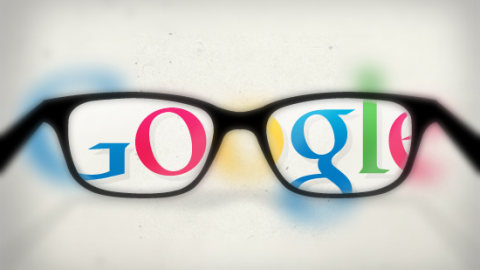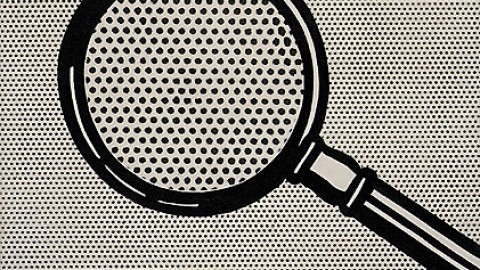 Unless you are a living version of TV’s MacGyver who can get just about anything done with a paper clip and a stick of gum, you utilize a variety of tools to gain a specific outcome. Hammers are best used for driving nails, Thera-Bands for resistive exercises, your EMR for scheduling, billing and documentation. This is exactly how I suggest you look at using Twitter. There are a number of things that Twitter is really good at facilitating, particularly for PTs.
Unless you are a living version of TV’s MacGyver who can get just about anything done with a paper clip and a stick of gum, you utilize a variety of tools to gain a specific outcome. Hammers are best used for driving nails, Thera-Bands for resistive exercises, your EMR for scheduling, billing and documentation. This is exactly how I suggest you look at using Twitter. There are a number of things that Twitter is really good at facilitating, particularly for PTs.
UNClutter your Content
We had the pleasure of sitting down with some practice management experts at the APTA’s annual Private Practice Section conference in Las Vegas this weekend to discuss some of their tips and tricks for an episode of PT TV. One of their main reasons for using Twitter? Finding content. All agreed that Twitter has replaced an inbox of newsletter subscriptions and bulky RSS readers as their go-to way to find and sort through content.
The majority of major publishers, from the Journal of Sports & Orthopeadic Physical Therapy to the Harvard Business Review, all push their articles out through Twitter daily. You no longer need to bookmark, dig through your inbox, or miss an important piece of news. It’s all delivered to you in one place. If you are a blogger or researcher, you now have a great platform to push out your own content with the click of a button and reach an infinite number of people.
A NEW WAY TO NETWORK
How did we connect with the participants in our video before heading to Las Vegas? You guessed it: Twitter. We were able to search for people attending the conference by following the hashtag (a phrase prefaced by the “#” symbol used to categorize messages) #PPS2012. Many of our participants were also able to meet members of their Twitter network and exchange valuable information at the conference, people they said they would not have been able to connect with otherwise.
Sure, you can make professional connections through Linkedin and exchange messages, but Twitter offers a few features that other social networks don’t . Unless someone has a private Twitter account, you can follow and send messages to anyone (the Commander in Chief, an APTA Board Member, etc.) without needing approval. Furthermore, because you are able to read anyone’s updates regularly, you may realize you have things in common with other PTs you can’t learn from a static online profile. Perhaps you are interested in Femoroacetabular Impingement rehab and you see a colleague post about a new treatment. This is a great opportunity to strike up a conversation. You are able to get a vastly fuller view of a person through their Tweets than you will ever be able to achieve through an hour of mingling at a mixer.
Get Resourceful
As of 2012, there are 465 million Twitter accounts and 175 million Tweets sent a day. That creates the potential to acquire a lot of new knowledge and connections. Think social media is just for young people? The average Twitter user is 39 years old.
While it is important to always consider patient dignity and privacy online, we feel Twitter is a fantastic time saver for PTs. If you are not a Twitter user who has become familiar with the platform and its idiosyncrasies, it can be a bit difficult to “get”. Twitter is very different than many other social mediums, complete with it’s own vocabulary, user base and rules. To make your life easier, we have created a Social Pulse Resource list and short explanatory video to get you started. Learn the basics here.








